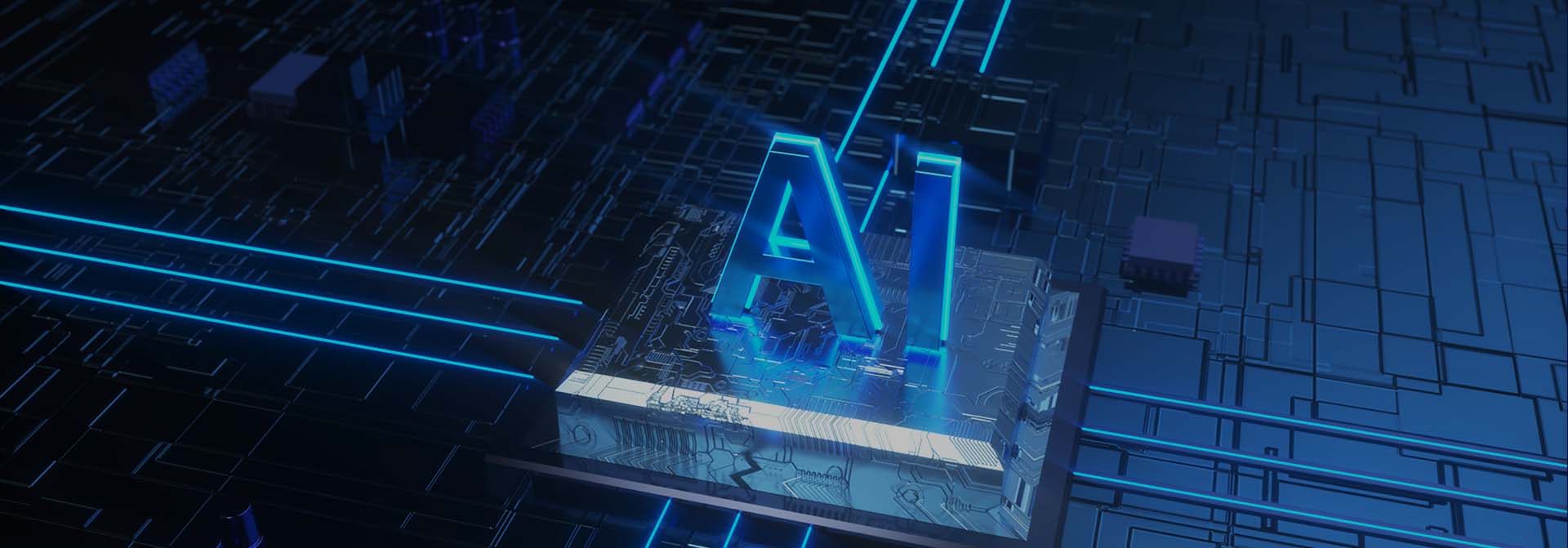Behavior recognition is already starting to move towards some scenarios, although it needs to be more sophisticated technically.
According to the "2019-2024 Research Report on China's Machine Vision Industry Prospects and Investment Opportunities" released by the China Business Industry Research Institute, the scale of China's machine vision market exceeded 10 billion yuan for the first time in 2018; , the machine vision market will further expand,It is estimated that the machine vision market will reach nearly 12.5 billion yuan in 2019.
It is true that the market size of the CV (machine vision) industry is not small and profitable, but when technology products mature and start to be applied, how to eat this cake has become the biggest problem faced by many CV startups. . At the same time, continuous losses and profit pressure are also urging every CV company to “run”.
趨視科(kē)技(jì )并不屬于CV領域最知名(míng)的行業,然而它們卻在落地應用(yòng)和盈利上先人一步,其公(gōng)司創始人徐飙表示:"If 90% of companies in the industry are losing money, we belong to the other 10%."
how do they do it

Figure | Xu Biao, founder of Truthvision Technology
CV not only has face recognition, but also behavior analysis
When it comes to CV, attention and topics are often concentrated in the field of face recognition. SenseTime, Megvii, etc. are the focus of attention both inside and outside the industry, but CV is not equivalent to face recognition, it also includes behavior recognition. Xu Biao introduced that since its establishment, Truthvision Technology has always aimed at behavior recognition.
“行為(wèi)識别就是識别人類或者車(chē)的行為(wèi),Such as people's fighting behavior, car running red light behavior and so on. Although both belong to machine vision, face recognition and behavior recognition are two technologies and different fields. "
At the technical level, face recognition can be completed through a photo, while behavior recognition needs to be judged by combining continuous data, because behavior itself is a continuous and dynamic process.in short,Face recognition solves the problem of who the target is, and behavior solves what kind of thing.At present, behavior recognition is often used in judicial management, smart stores,intelligent
Xu Biao told us: "There are many fields where behavior recognition is applicable, but because the technology is not mature enough, it is difficult for behavior recognition technology to play a very good role in the face of too complex and non-standard scenes. Therefore, this technology can only It is first applied in some vertical scenarios, and gradually accumulated and improved in the process of application, so as to expand to more scenarios, and finally meet the requirements of human behavior cognition in a large range."

So what are the technical difficulties of behavior recognition?
Since behavior is diverse, it includes individual behavior and group behavior, and each behavior is expressed in different ways. For example, fighting and stealing, fighting between individuals and fighting between groups are completely different.Therefore, behavior recognition faces great difficulties at the data collection level, which mainly involve problems such as occlusion and dislocation.
At the same time, the angle of human viewing the world is three-dimensional, and the picture captured by the camera is two-dimensional, so there will be a person in the video showing an arm, but because the distance parameter cannot be collected in the video,所以遮擋、錯位的現象會讓AI算法難以判斷。
其次學(xué)習數據欠缺。衆所周知,許多(duō)AI技(jì )術依靠深度學(xué)習算法模型去訓練,這導緻要讓AI實現行為(wèi)識别,就必須先給行為(wèi)下定義,讓AI知道行為(wèi)是什麽。然而前面已經提到行為(wèi)非常複雜,甚至很(hěn)多(duō)時候AI需要學(xué)習判斷的是負面行為(wèi),因此企業很(hěn)難獲取到大量的學(xué)習數據。而算法模型沒有(yǒu)經過大量數據去訓練,也就很(hěn)難“聰明”起來,從而在識别的效果和精(jīng)度上難以達到用(yòng)戶需求。
不過盡管在技(jì )術上需要更加精(jīng)進,但行為(wèi)識别已經開始走向一些場景。
CV企業破冰關鍵:規模化
徐飙介紹:“公(gōng)司一開始關注的就是行業落地而非通用(yòng)場景,且瞄準的第一個領域就是司法領域行業的管理(lǐ),比如監獄管理(lǐ),是否有(yǒu)犯人打鬥、翻牆、攀爬等。這對于司法領域的管理(lǐ)而言是一個剛需,能(néng)夠降低人力管理(lǐ)成本,提升管理(lǐ)質(zhì)量。”

而行業落地和通用(yòng)場景落地兩條路徑的最大區(qū)别,在徐飙看來,前者能(néng)夠助力企業快速實現規模化落地,而這至關重要。
他(tā)談到:“所有(yǒu)CV廠商(shāng)在近年來特别強調落地,本質(zhì)上就是規模化落地,即企業在一個項目試點實現技(jì )術落地後能(néng)夠快速複制到下一個同類型的場景中(zhōng),而不是做完一個試點,下一個場景再重新(xīn)做一遍,這無疑增加了許多(duō)成本。”
對于企業而言,要實現規模化落地首先在最初尋找落地行業時,就要找到能(néng)夠實現規模化、可(kě)複制性強的場景。其中(zhōng)的關鍵在于,企業對于用(yòng)戶核心訴求的把握是否精(jīng)确。徐飙認為(wèi),CV企業要實現規模化必須了解用(yòng)戶的需求,所謂需求指的不僅是用(yòng)戶對于功能(néng)的需求,還包括用(yòng)戶對性能(néng)當中(zhōng)準确度的要求。
“這需要碰撞。有(yǒu)些時候沒有(yǒu)人會告訴你他(tā)的需求和對準确度的要求是什麽,企業往往需要通過試點、交流、反饋、修正......逐步形成一個行業共識,而并非單個客戶的需求。”
但即便把握了用(yòng)戶需求和性能(néng)指标并不足夠,企業還要評估自身的技(jì )術體(tǐ)系、優勢能(néng)否滿足用(yòng)戶的需求和指标。最後企業還要考慮實現規模化之後,是否會被競品取代,這要求其必須在技(jì )術落地應用(yòng)過程中(zhōng)打造自身的技(jì )術門檻,如此廠商(shāng)們才能(néng)率先占領市場,并在後續的競争中(zhōng)獲勝。

回到趨視科(kē)技(jì )自身,徐飙談道:“公(gōng)司明年的短期計劃,一方面是确保在司法行業實現規模化,創造更多(duō)的收益;同時也會将技(jì )術落地到智慧門店(diàn)場景。小(xiǎo)規模化帶給我們盈利,也驗證了技(jì )術已經達到可(kě)複制狀态,所以我們将會向更大的市場進行布局。”
【鎂客·請講】欄目 策劃&撰寫:溫暖


